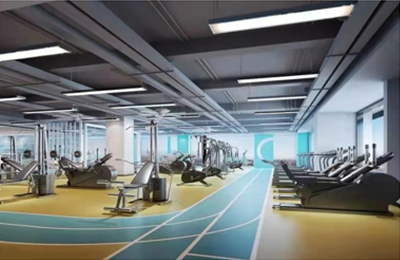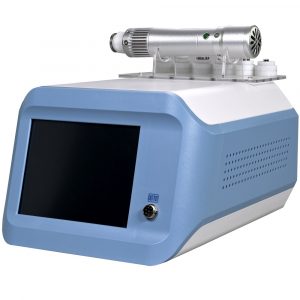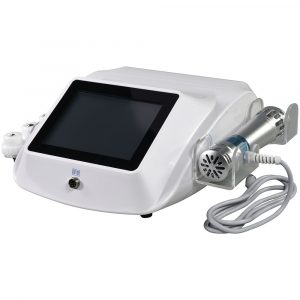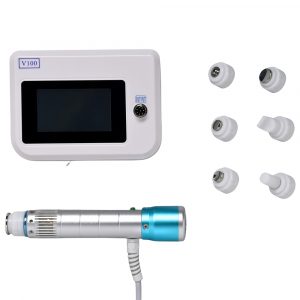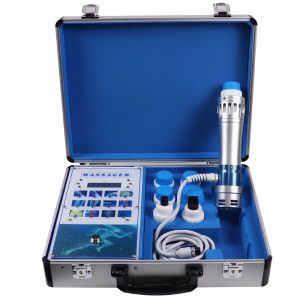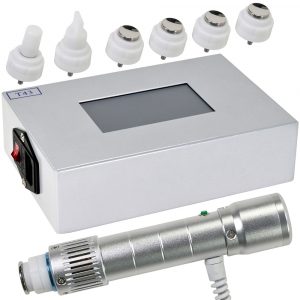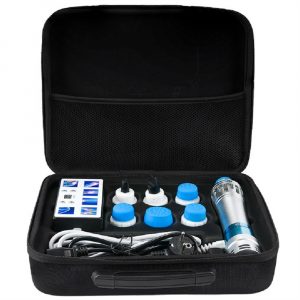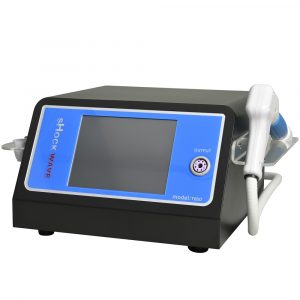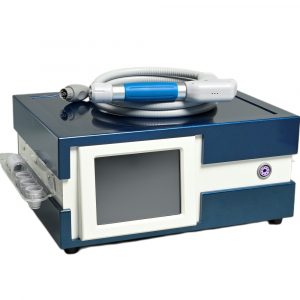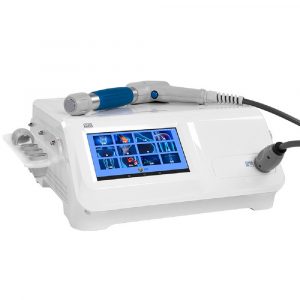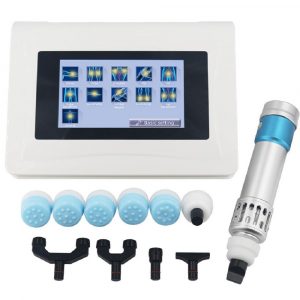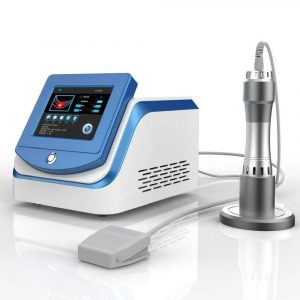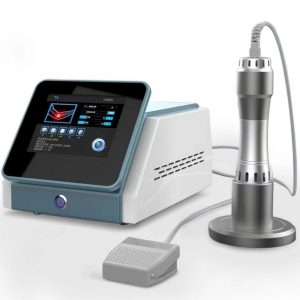Introduction of Shockwave Therapy
Shock waves are special acoustic waves with specific physical characteristics, including nonlinearity, high peak pressure followed by low tensile amplitude, short rise time, and short duration. Their propagative velocity is higher than the speed of sound, the energy was generated and gathered by compressing the medium at top speed through vibration and high speed motion, can lead to change of physical characteristics in pressure, temperature and density of the medium.
The shock waves can easily penetrate the skin and transmit mechanical energy to painful spots and musculoskeletal tissues with subacute, subchronic and chronic conditions, the energy promotes regeneration and reparative processes of superficial cells, blood capillary, bones, tendons and other soft tissues, hence the technology was developed to treat body discomfort such as greater trochanteric pain syndrome, tennis elbow, jumpers knee, patellar tendonitis, plantar fasciitis, achilles tendonitis, that is Extracorporeal Shockwave Therapy(ESWT), Shockwave Therapy(SWT) or Pressure Wave Therapy (PWT), it was studied and developed very fast and successfully in the recent few years, many clinical studies and merits of ESWT was continuelly published, meanwhile ESWT has gained extensive application worldwide.
History of Shockwave Therapy
Extracorporeal shockwave treatment as developed over 50 years ago to disintegrate urinary stones. Over the last 30 years, it has evolved into a treatment for musculoskeletal injuries.
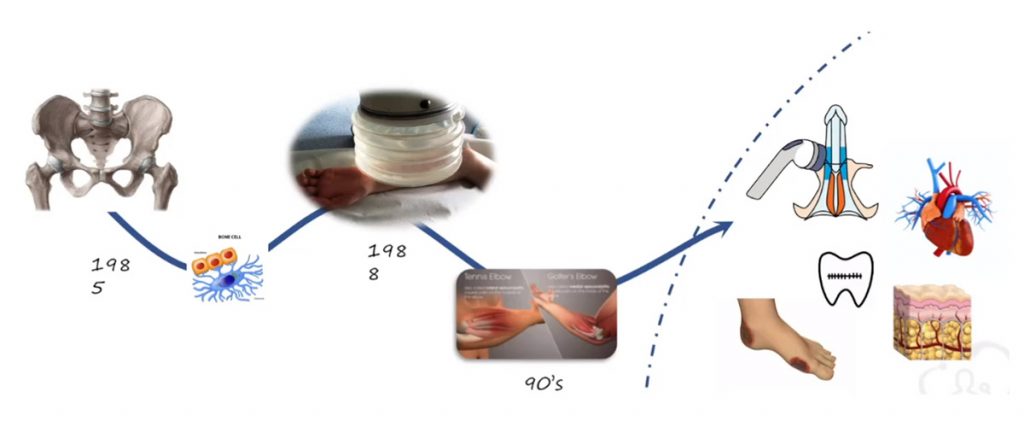
It was observed that the lung of castaways was cracked because of the explosion of water bombs although no outer symptoms of violence existed.
The first systematic investigations for the use of shock waves in medicine have been performed.
Dornier company made an experiment of that a high velocity projectiles hit the plate, and found it generated shock wave.
The interaction between shock waves and biological tissue in animals was investigated in Germany, the Department of Defense of Germany financed this program. The result was that high-energy shock waves cause effects in the organism over long distances. It was observed that shock waves create low side effects on the way through muscles, fat and connective tissue. Intact bone tissue remains unharmed under shock wave burden.
Haeusler and Kiefer reported about the first in-vitro disintegration of a kidney stone with shock waves without direct contact to the stone. Further in-vitro experiments of contact-free stone disintegration followed.
The Department of Research and Science of Germany financed the research program “Application of the ESWL”. Participants on this program were for example Eisenberger, Chaussy, Brendel, Forßmann and Hepp.
The first patient with a kidney stone was treated in Munich with a prototype machine called Dornier Lithotripter HM1.
The first commercial lithotripter (HM3, Dornier) was installed in Stuttgart/Germany.
In-vivo and in-vitro experiments with extracorporeal generated shock waves with the goal to disintegrate gallstones were carried out.
The first clinical treatment of a gallbladder stone with ESWL was performed in Munich/Germany. One year later a prototype of a lithotripter without a bathtub was tested in Mainz. Today the treatment of kidney and ureteral stones with extracorporeal shockwaves is the treatment of the first choice.
The first experiments were carried out to investigate the influence of shockwaves on bones, confirmed the influence on the activation of osteoblasts.
The first shockwave treatment of non-union in human was successfully performed in Bochum/Germany.
A special orthopaedic shockwave device, OssaTron (HMT AG) with a free moveable therapy head became available.
European Society for Medical Shockwave Treatment(ESMST) was founded in Vienna.
International Society for Medical Shockwave Treatment(ISMST) was founded in London.
FDA approved shockwave therapy for heel spurs, tennis elbow, etc.
Shockwave Physical Characteristics
Mechanical Effect:
Shockwave carries energy and directivity, so that when it propagates in the different tissues of the body, stress action will be produced on the interface of different tissues, as the changes of acoustic impedance caused by the change of medium density. Shockwave vibration causes the material movement in the tissue cells, produces a fine massage effect, stimulates the diffusion process of cell membrane, promotes the metabolism, strengthens the blood circulation and lymphocinesia, improves the tissue nutrition, and promotes function regeneration.
Acoustic Effect:
Shockwave has the characteristics of low frequency and long wavelength, so it has unique physical characteristics, such as small attenuation, long propagation, strong penetration, etc.. Sound wave is easy to propagate in the human body, then reach to the lesion locations which are difficult to reach by general instruments.
Cavitation Effect:
The shockwaves are administered through a special wand hand piece that dispenses the waves for a brief amount of time directly to the affected injured tissue areas. The pressure from the shockwaves will be transferred to the tissue. As a result, special micro-cavitation bubbles are generated, and these will expand, burst, and produce a force called a resultant force. This goes through the tissue and actually stimulates the cells dealing with connective tissue and bone healing.
Heat Effect:
The vibration energy is continually absorbed by the mediums and converted into heat energy, which increases the temperature of the medium. This can promote blood circulation, reduce the tension of muscle and connective tissues, relieve spasm, reduce nerve excitability, play a role in analgesia.
Biological Effects of Shockwave
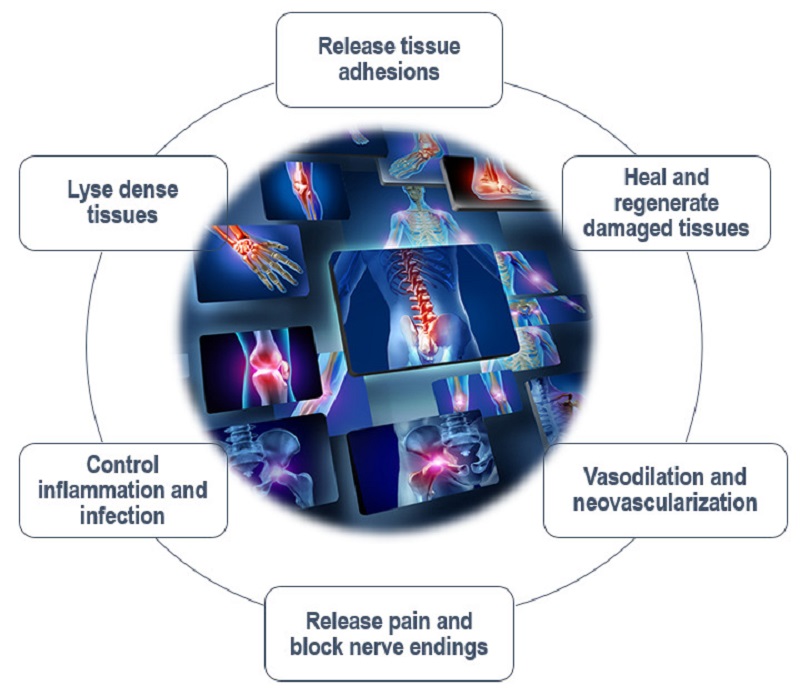
Heal and Regenerate Damaged Tissues:
Under the action of a certain amount of shockwaves, the soft tissue with chronic injury will be slightly damaged, it triggers the body’s self-healing response, promotes angiogenesis, increases local nutrition supply and stimulates rehabilitation.
Release Tissue Adhesion:
After shockwaves entering into the body, they come into contact with different tissues, such as fat, tendons, ligaments, and bone tissue, etc., producing tensile and compressive stresses. Tensile stress decomposes adhesion and accelerates capillary microcirculation; Compressive stress causes elastic deformation of cells and increases oxygen uptake in tissues.
Vasodilation and Neovascularization:
The cavitation effect of shockwave is beneficial to unchoke the occluded tiny blood vessels and release the adhesion of articular soft tissue, thus dilates blood vessels and accelerates metabolism. Through the effect on growth factor (VEGF) of vascular endothelial cells, it can promote neovascularization, increase blood supply to local injured tissues, promote local tissue metabolism, and alleviate or cure related diseases.
Release Pain:
Shockwave produces super stimulus on nerve terminal in a small range, especially stimulating algesia nerve receptors, dispersing pain mediator “Substance P”, reducing nerve sensitivity and relieving pain.
Control Inflammation and Infection:
Shockwave promotes metabolic activation, restores normal blood circulation, accelerates local blood flow, promotes metabolite absorption, is beneficial to relieve pain, promotes absorption of chronic inflammation, and reduces swelling.
Lyse Dense Tissues:
Such as calcified fibroblasts, the focused shockwave produces tensile stress and compressive stress in the tissues through mechanical effect and cavitation effect, leading to lytic processes. It is more commonly used in lithiasis of urinary system.
Mechanisms of Shockwave Therapy

Accelerate Protein Synthesis to Stimulate Collagen Synthesis and Tissue Remodeling
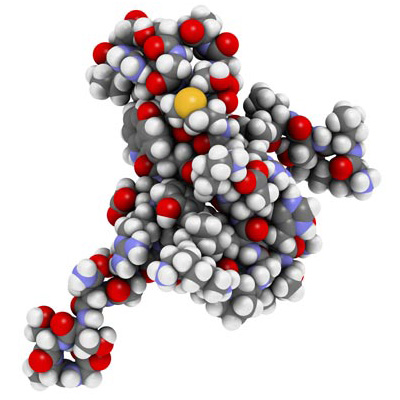
Increase Leukocyte Infiltration and Amplify Growth Factor
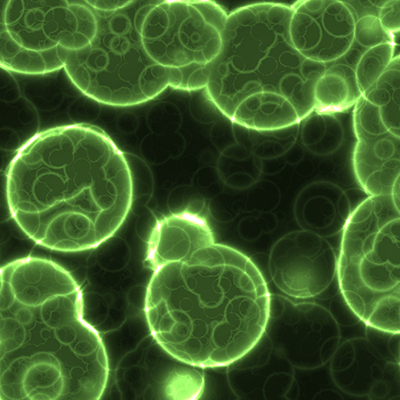
Stimulate Osteoprogenitor Differentiation
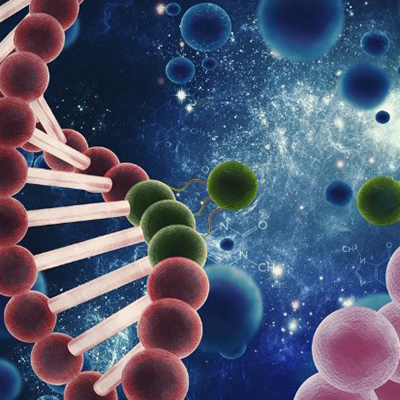
Stimulate Proliferation of Tenocytes
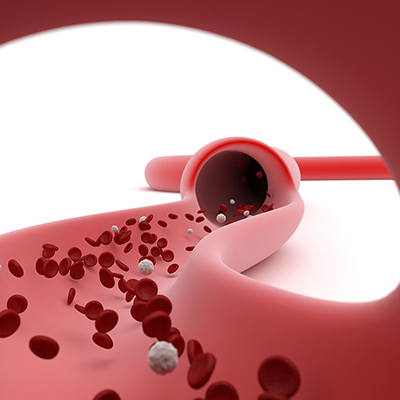
Promote Neovascularization at Tendon-Bone Junction
Advantages of Shockwave Therapy
- Non-Invasive
Just touch skin after applying coupling gel during treatment. - Mostly-Safe
No known side effects, just normal responding after stimulation to body tissues such as mild soreness or swelling, no anesthesia and drugs required. Some people experience no more pain from day one. - Highly-Effective
Many clinical studies from different countries showed the effectiveness, for example, the International Society for Medical Shockwave Treatment (ISMST) disclosed physicians have had an overview of several ten thousand treated patients worldwide. - Widespread Application
Was applied in the main fields of orthopedics, rehabilitation, and relaxation, can effectively treat a range of musculoskeletal conditions.
Technology Applied for Shockwave Device’s Products
- Electromagnetic
The first one creates a focused wave, which is focused by an acoustic lens of a certain shape, the focal point is defined by the focal length of the lens. The generator uses an electromagnetic coil and a metal membrane opposite to it. A low-pressure acoustic pulse is generated by acceleration of the membrane away from the coil due to electromagnetic forces. It is ideal for treating deeper conditions, such as delayed bone regeneration. The principle of electromagnetic shockwave generation is shown left below. - Pneumatic
The second one creates a radial wave, it compresses air and uses the air pressure to the projectile in the handpiece, then the projectile is accelerated to strike a metal applicator. Upon impact, a wave is produced which propagates in radial direction from the applicator, which is why the highest energy and pressures are located directly at the applicators surface, and the intensity dissipates as it goes through the different tissue layers. So, radial shockwaves is recommended for use on more superficial structures commonly, such as patellar tendon, trigger points of calf muscle shortening. The principle of radial shockwave generation is shown right below.
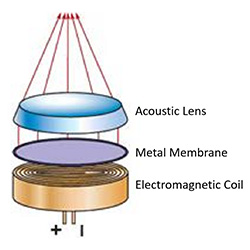
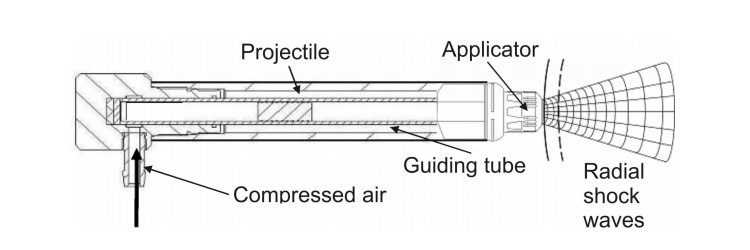
Application Scenarios
Shockwave Device’s products are suitable for many scenarios, including homes, beauty salons, rehabilitation centers, sports training centers.

Home

Beauty Salon
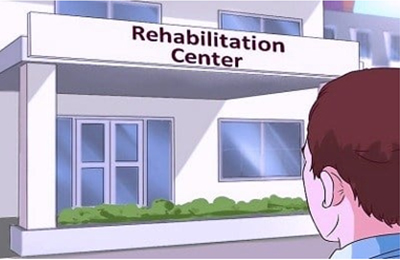
Rehabilitation Center
